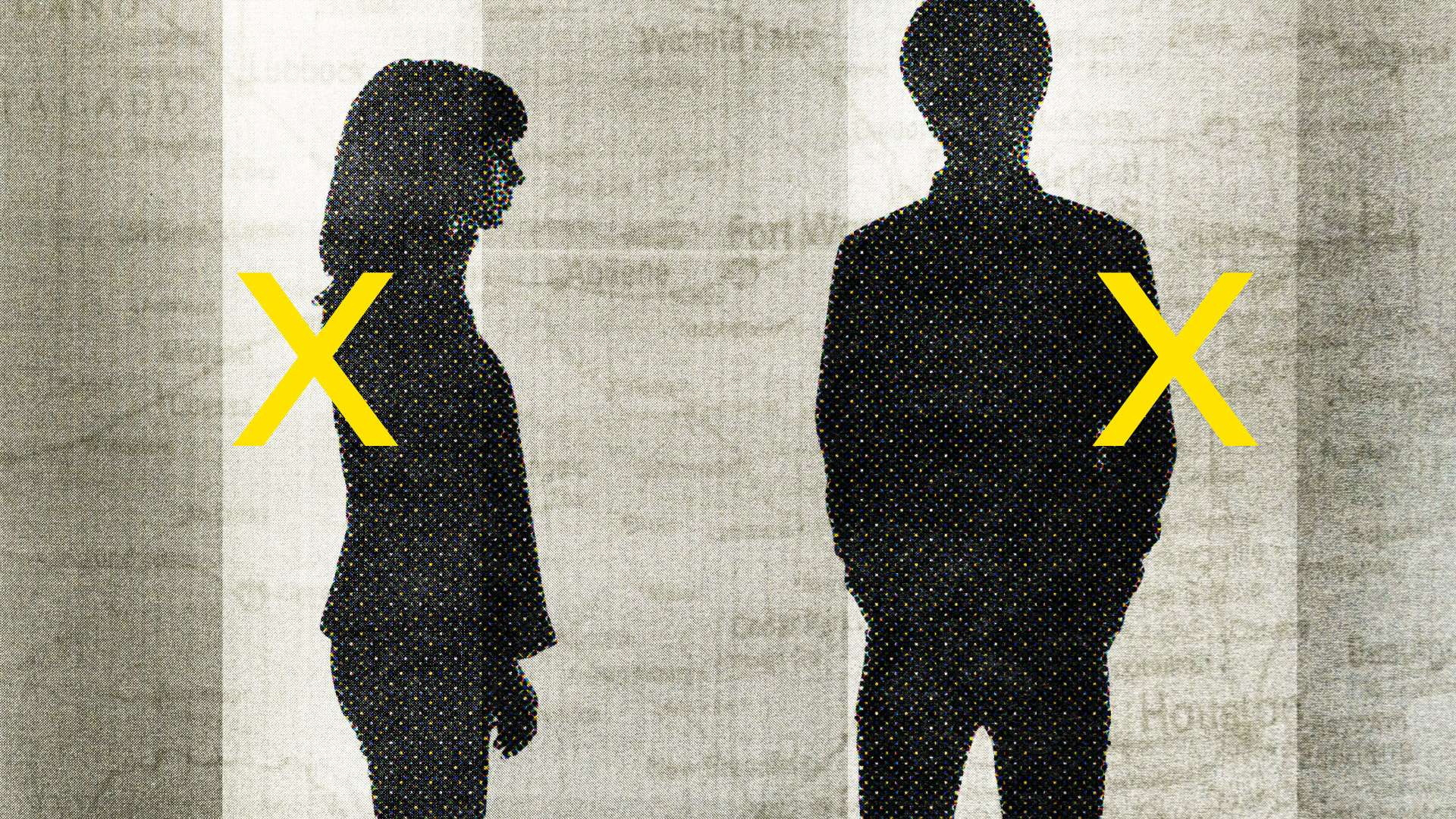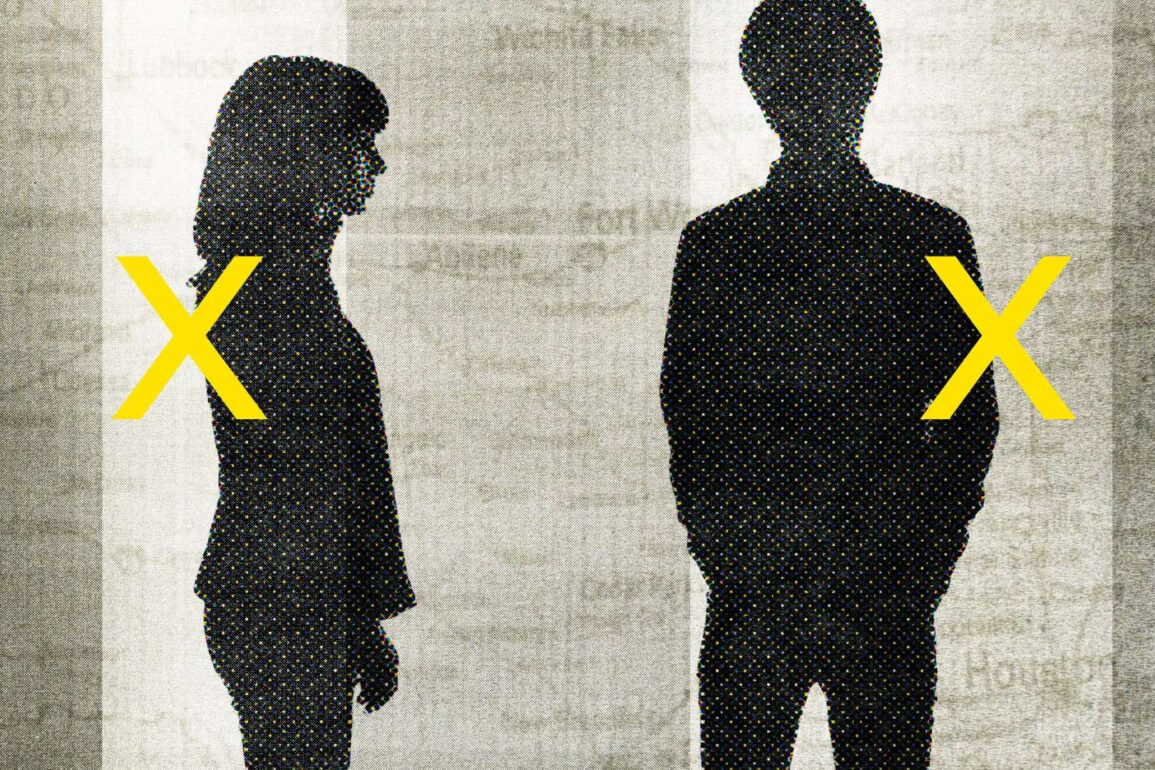
An El Paso, Texas, middle school has banned students from wearing all-black clothing, claiming that the color is “associated with depression and mental health issues.”
According to local news station KFOX14, Charles Middle School sent parents a letter informing them that the school’s uniform policy would no longer allow students to wear all-black clothing. Instead, the school’s dress code was rewritten to only allow students to wear khakis or blue jeans, with black or green polos and sweaters.
The changes were necessary to “[eliminate] a look that has taken over on campus with students wearing black tops with black bottoms, which has become more associated with depression and mental health issues and/or criminality than with happy and healthy kids ready to learn,” the letter reads, according to KFOX14.
“What they are not allowing for students to wear clothing that is black from top to bottom,” Norma De La Rosa, the president of the El Paso Teachers Association, said in a clarifying statement. “They can wear black shorts to go to PE. And they can wear it on free dress day, but they just cannot wear it from top to bottom.”
The policy was met almost immediately with backlash from parents, who claimed it was unfair and nonsensical.
“Making students wear a different color isn’t going to magically make them a completely different person,” one parent commented online.
El Paso Independent School District officials have appeared to distance themselves from the decision in the wake of the backlash. “The campus prematurely communicated the dress code change as a final decision rather than a recommendation. We regret the miscommunication, particularly the intent behind the changes,” a school district statement, obtained by the BBC, read.
This dress code change is one of the stranger attempts at handling rising rates of teen depression and anxiety. It’s ridiculous to think that clothing is the cause of, rather than a meaningless correlation to, any behavioral or mental health problems a student is experiencing.
This decision reflects a kind of safetyism among school officials. Instead of attempting to address the cause of student behavioral issues, school officials are unnecessarily interfering with harmless self-expression—the exact kind of thing that could stave off, rather than create, mental health issues.


